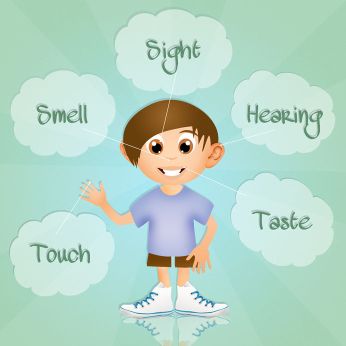
by Suzanna E. Henshon, Ph.D
How do you start a story? Does the vision of a character enter your mind, or do you start with a plot? While it is critical to begin with compelling characters and logical plot lines, many writers forget that there are other things involved in developing a story. In essence, the job of the writer is to take the reader into your world, to give her a sense of what encompasses the place your characters inhabit.
As you begin writing, it can be helpful to close your eyes and to imagine your character’s world. What do you experience when you think about it in a visual sense? When you feel it in a tangible way? When we think of some of the greatest works of fiction, these authors make their worlds come alive in compelling ways — to the point that someone can draw a map of the world and fill it in with details. That’s what you want to do with your writing.
An effective way to draw readers into this fictional world is to use your senses as a guide. Here are some things to think about as you create a world upon the page.
Sound
What sounds fill your character’s world? How do these sounds influence her life experiences, and the way she negotiates her world? As you listen to the sounds that fill her world, you may find these sounds can also enhance your fictional work.
Sight
What does your character see? Many of us forget that children have a different perspective on the landscape. Without the benefit of life experiences and size, they walk through a landscape that is closer to their feet. For example, a three-year-old standing in a crowd can’t see what an adult can. Her perspective is going to be seeing the backs and legs of people, not the actual speaker in a crowd.
Touch
What does your character touch? When she gets out of bed in the morning, does she hold a stuffed rabbit? When she heads to breakfast, does she eat cereal that is smooth in texture, or does she consume a piece of bread? These experiences are an important part of your character’s life, and you want to share them with your reader.
Smell
What does your reader smell? When we think back to childhood, some memories remain vivid — the smell of a chocolate chip cookie baking in the oven resonates with cocoa and sweetness, no matter how many years have passed. When we step into a school cafeteria, we are overwhelmed by the smell of meals eaten and consumed recently. When you think about what your character smells, you will start to see that every experience she has can enhance the authenticity of the narrative.
Taste
What does your character like to eat? Sometimes it can be very helpful to eat the things your character loves. It’s difficult to imagine Roald Dahl writing Charlie and the Chocolate Factory without a candy bar in his hand. So eat what your main character does — and share this meal with readers.
Now that you have become accustomed to writing with the five senses, you can see that when you think outside the traditional way of telling a story, you can include many more details that enhance your reader’s experience. You can include many more details that guide a reader into your world, into the world of a child who exists on the page of your story. When you think through the senses and how they impact our life experiences, you become a stronger and more effective writer.
Dr. Suzanna E. Henshon teaches full-time at Florida Gulf Coast University and is the author of several young adult and middle grade books, and two collections of writing exercises. Her newest book, Andy Lightfoot and the Time Warp, is available for the Kindle on Amazon.

✏ Word Counts & Age Groups for Every Kidlit Category
✏ FAQs, Glossaries and Reading Lists
✏ Category-specific Tips, from Picture Books Through Young Adult Novels
✏ 5 Easy Ways to Improve Your Manuscript
✏ Writing For Magazines …and more!
This is a gift from the editors of Children’s Book Insider, and there’s no cost or obligation of any kind.
We will never spam you or share your personal information with anyone. Promise!

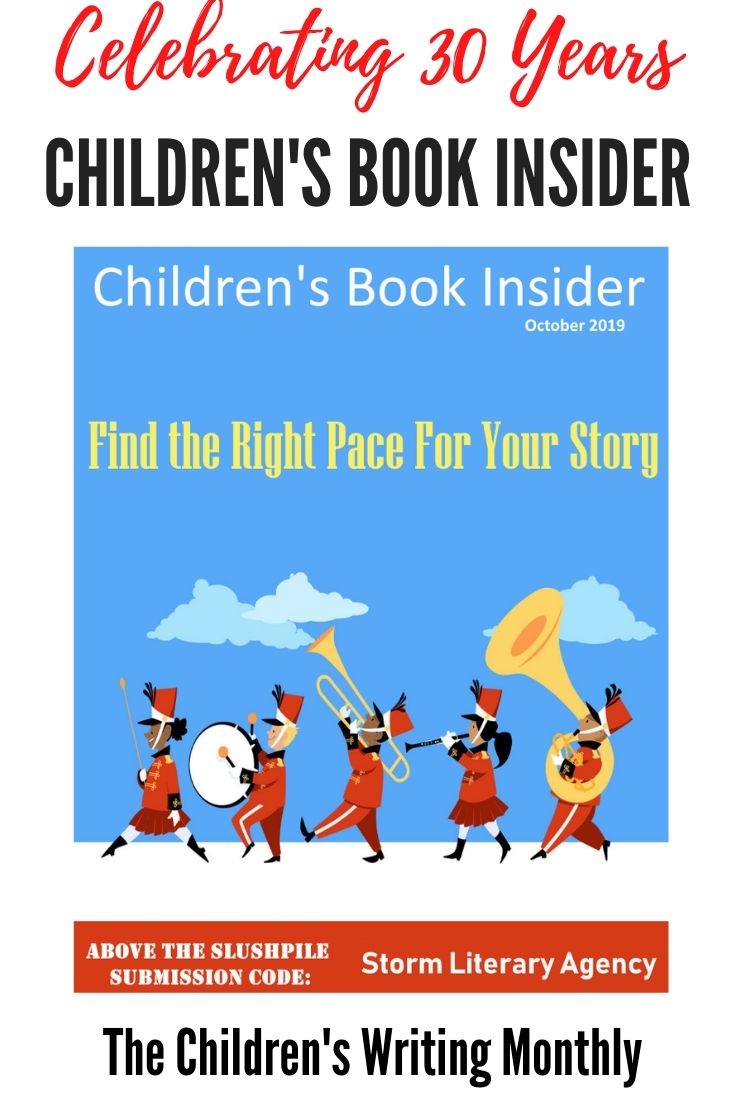
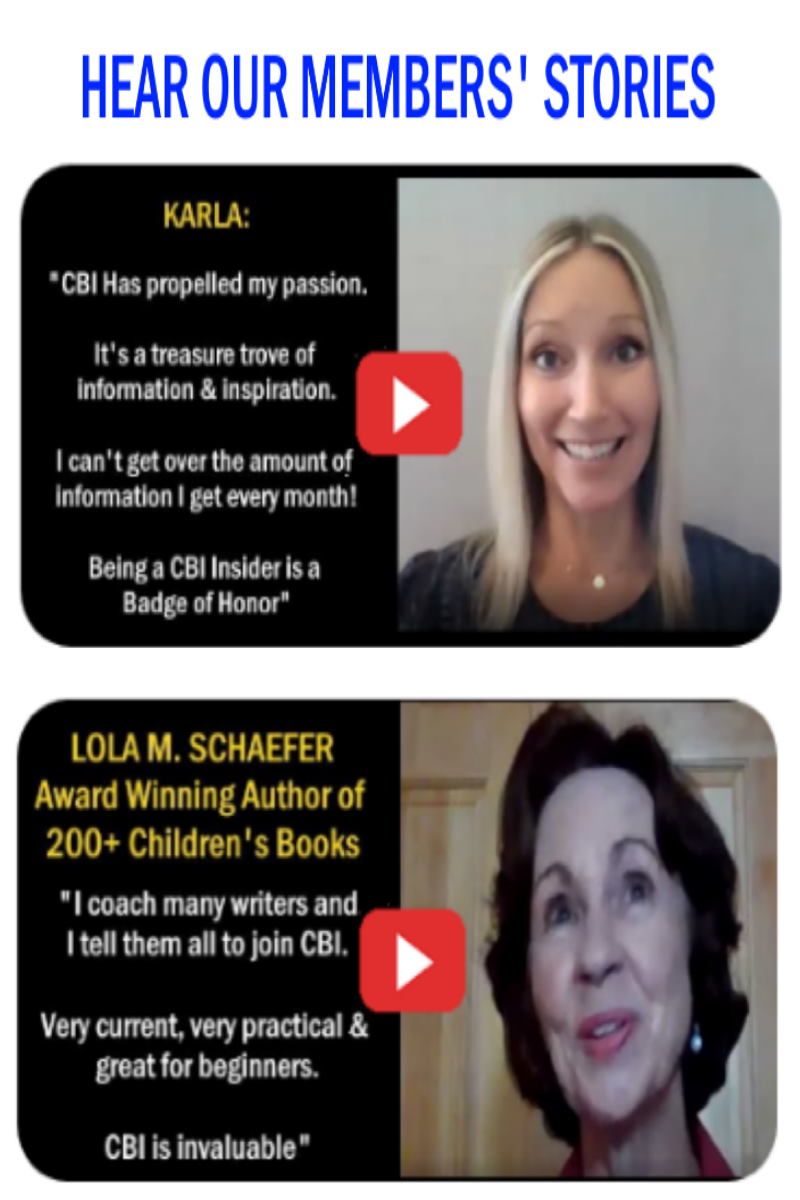
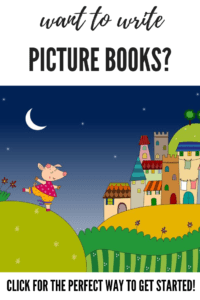
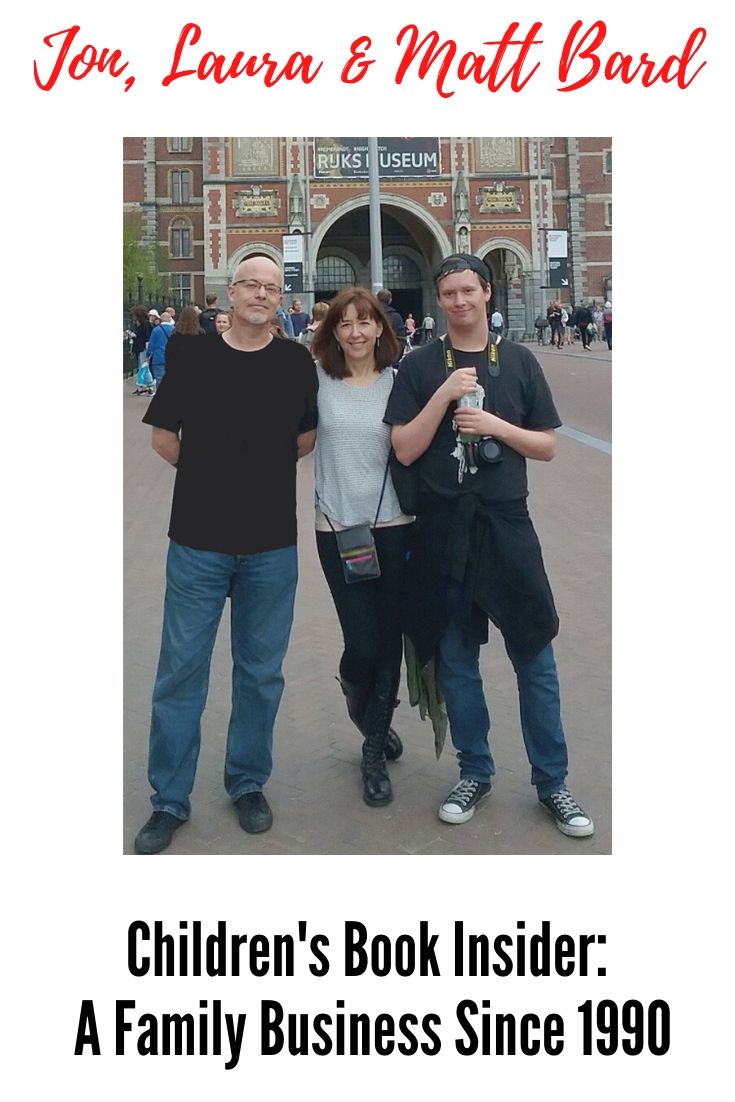

LOVE this Suzanna! It’s so mindful and leaves me feeling inspired-thanks:)
Suzanna, my picture book, Gracie Lou, encompasses all these senses as she travels to each new land upon her shooting star. It’s one of the biggest compliments I receive about my book and it’s so special and exciting that you highlighted this special trait in picture books……let me know what you think!!
This is great advice. Question- how do you include all of this when writing a picture book? My MS is around 500-600 words and I keep being told to cut more. Thank you!
It’s all about using very specific nouns and verbs that “show” without needing adjectives and adverbs. If you say a character “scampered” instead of “went”, then we can see the movement in our imagination, and we also get a sense of that character’s state of mind. In a picture book, you might incorporate one sense into a scene, instead of all five. “Grandma’s house smelled like Christmas cookies all year long,” we know immediately how the child feels about visiting Grandma, and we get an idea of what Grandma’s like without a lot of words.